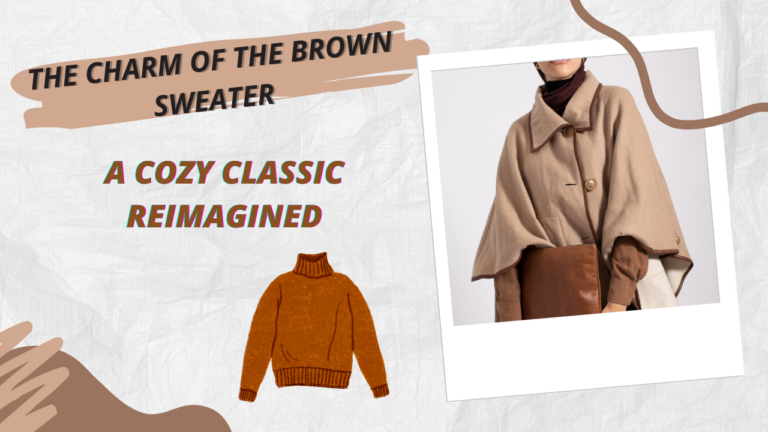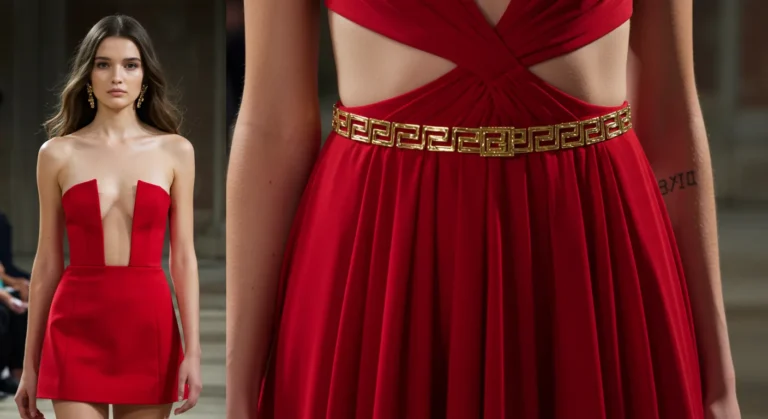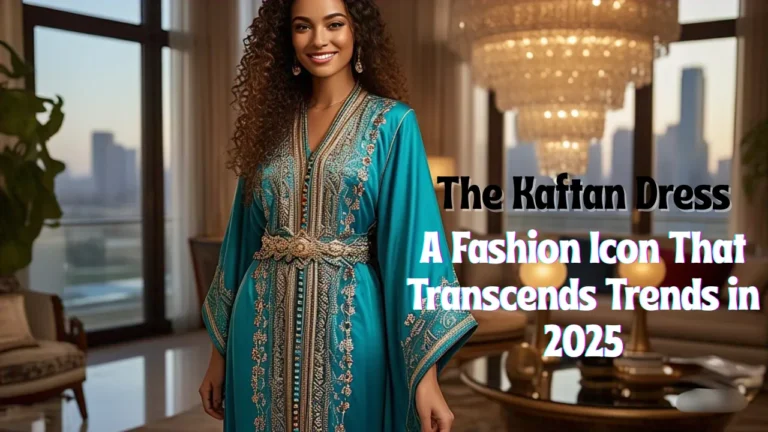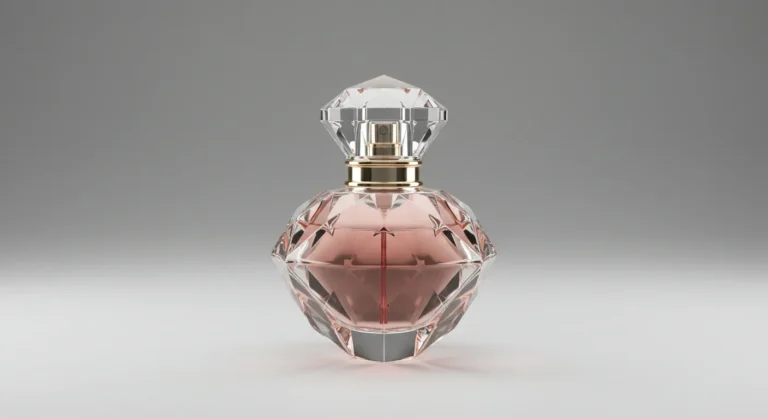best 10 Met Gala Suit The iconic style in 2025
Introduction
In the grand spectacle that is the Met Gala, where couture meets culture and fashion tells stories far beyond fabric and thread, there exists a quietly growing revolution—one that doesn’t shimmer in sequins or sweep the floor in tulle, but stands tall, tailored, and sharply defined: the Met Gala suit. Once a symbol of restraint and uniformity, the suit has become an emblem of creativity, rebellion, and modern masculinity, captivating the eyes of fashion critics and global audiences alike.
Traditionally speaking, the Met Gala has long been dominated by women’s fashion—elaborate gowns, high-concept designs, and breathtaking silhouettes. However, over the last decade, men’s fashion at the Met Gala has undergone a seismic shift. No longer content with black tuxedos or classic tailoring, today’s most stylish men arrive at the Metropolitan Museum of Art draped in daring designs, sculptural fabrics, vivid colours, and bold accessories. The Met Gala suit is no longer an afterthought. It is a centrepiece.
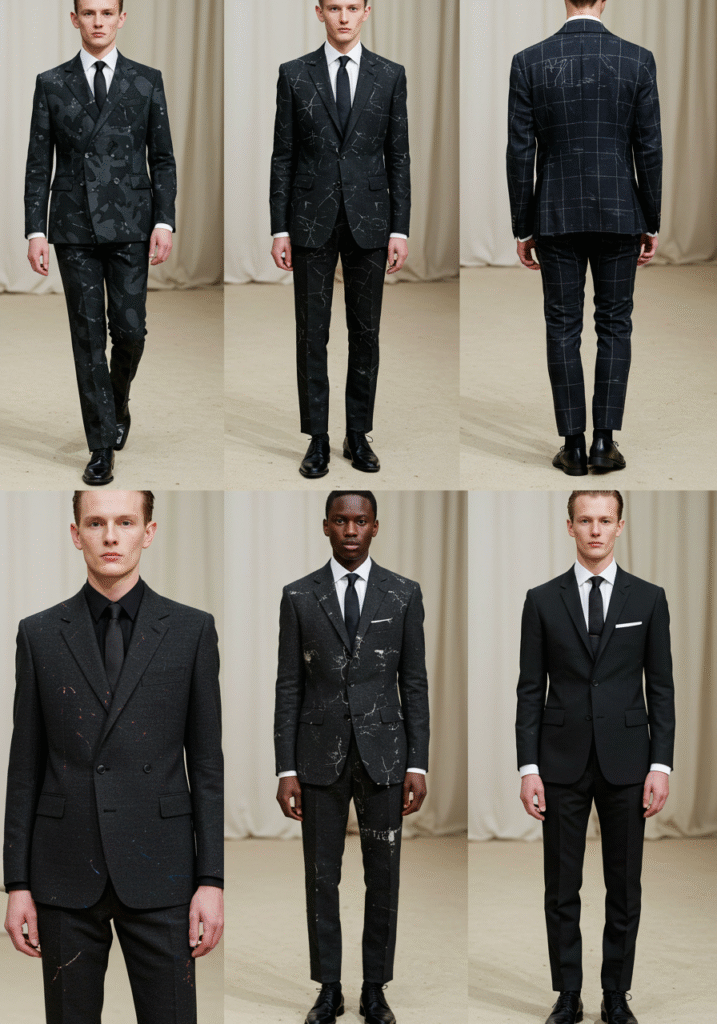
The Changing Face
To appreciate the cultural importance of Met Gala suits, one must first understand the symbolic weight of the classic men’s suit. For centuries, it has represented status, professionalism, conformity, and control. From Savile Row to Wall Street, the suit has served as armour—polished, masculine, predictable. But fashion is nothing if not cyclical, and today’s trailblazers are reimagining this cornerstone of menswear, injecting it with fluidity, flamboyance, and fearlessness.
The Met Gala provides the perfect arena for this reinvention. With its annual theme acting as a creative prompt, designers and celebrities use the red carpet to push boundaries. Whether it’s LGBTQ+ advocacy through fabric choice, homage to historical figures, or commentary on social constructs, the suit has become a canvas for storytelling. Celebrities like Billy Porter, Harry Styles, Jared Leto, Chadwick Boseman, and Timothée Chalamet have used their appearances to challenge traditional norms and showcase a broader, richer spectrum of what menswear can be.
Why the Met Gala Matters
The Met Gala is not just a party—it’s fashion’s most prestigious night, blending celebrity power with cutting-edge design. Each May, the event draws a global audience of millions, including fashion insiders, cultural commentators, and everyday fans. In this highly visible space, what men choose to wear can be just as impactful as the women’s gowns that dominate the headlines.
In many ways, the suit has become the new gown for men—designed with equal levels of artistry, risk, and intention. From crystal-encrusted jackets to corseted tailoring, metallic sheens to oversized silhouettes, each year brings a fresh evolution. The rigid lines of the past have softened, giving way to more inclusive, experimental styles. Gender lines are blurred, expectations are shattered, and the suit is reborn—not as a costume, but as an expression of individuality and identity.
This shift also speaks to broader conversations within fashion and society. Today’s generation of style icons are increasingly conscious of representation, fluidity, and authenticity. Their wardrobe choices reflect not just aesthetics, but values. The Met Gala suit becomes a mirror of our times, capturing the shifting ideals of masculinity, self-expression, and visibility.
A Fusion of Fashion
What sets Met Gala suits apart from traditional menswear is their unmistakable fusion of fashion and fine art. These are not merely outfits—they are wearable installations. Designers approach them with the same meticulous attention given to couture gowns, often collaborating closely with the celebrity to develop a look that aligns with both the Met Gala theme and their personal message.
From Thom Browne’s theatrical tailoring to Versace’s maximalist embellishments, from Gucci’s gender-fluid ensembles to Balmain’s futurist vision, the diversity of creative expression is astounding. Every lapel, button, hemline, and accessory serves a purpose. Every detail is scrutinised. The stakes are high, and the outcome is fashion history.
The spectacle extends beyond the red carpet. These looks are dissected in real-time across social media, praised (or critiqued) in major publications, and go on to inspire editorials, campaigns, and streetwear trends. The Met Gala suit is not only a moment—it’s a movement.
Setting the Trends
Perhaps the most powerful aspect of Met Gala menswear is its ability to influence fashion trends around the world. What celebrities wear on this single night often sets the tone for the upcoming year in suiting—from silhouettes and fabrics to colour palettes and tailoring styles. The ripple effect is seen on runways, in music videos, during awards seasons, and even on the high street.
Young men who once saw the suit as something outdated or restrictive now see it as a vehicle for confidence and originality. Thanks to the daring displays at the Met Gala, suits are being reimagined not just for red carpets but for weddings, fashion weeks, brand campaigns, and beyond. Whether it’s a touch of velvet, a ruffled shirt, pearl accents, or a dramatic cape, the modern man has more tools than ever to express himself—authentically and unapologetically.
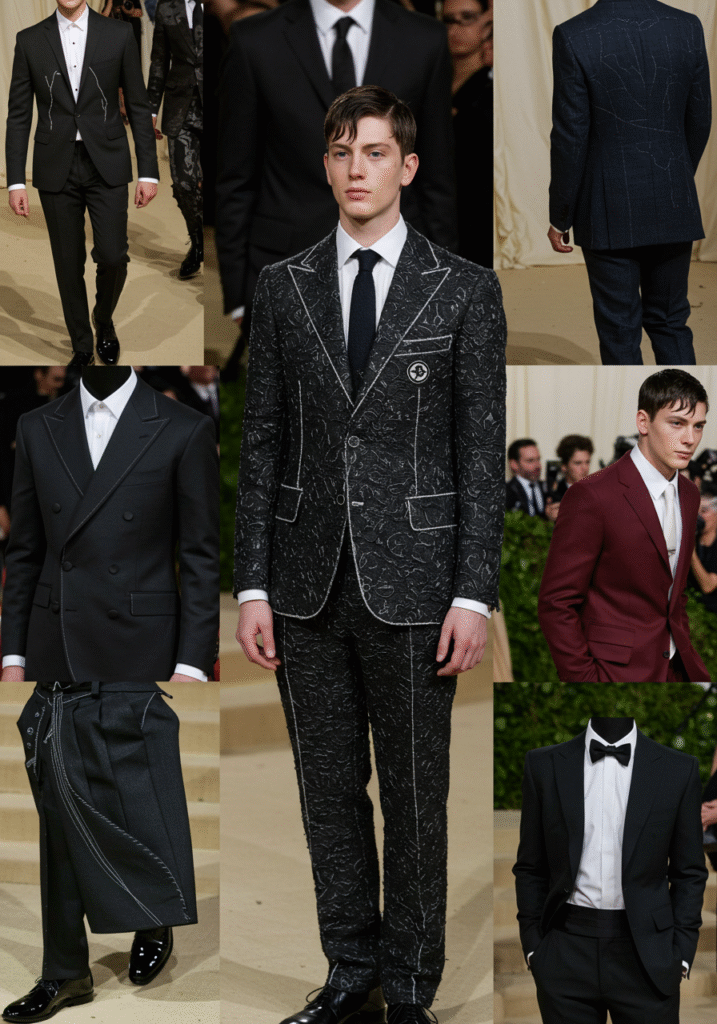
The Evolution of Met Gala Suits
Traditionally, men’s fashion on the red carpet was defined by simplicity, minimalism, and a strict adherence to formal codes. Tuxedos, crisp tailoring, and subtle detailing were the rule—not the exception. However, the Met Gala’s ever-evolving themes—and the boldness they demand—have allowed male attendees to break free from convention. The shift began gradually, with stars opting for velvet blazers or colourful bow ties, but in the past decade, the evolution has accelerated dramatically.
Take Jared Leto, who once arrived carrying a replica of his own head, or Billy Porter, who floated onto the red carpet dressed as an Egyptian deity carried by six shirtless men. These aren’t just looks—they’re performances. The likes of Harry Styles and Timothée Chalamet have further disrupted the menswear narrative, introducing gender-fluid silhouettes, cropped tuxedo jackets, and pearl embellishments into the Met Gala lexicon.
It’s important to note how this evolution aligns with a broader shift in cultural norms around masculinity and self-expression. Where once a man might have been ridiculed for wearing lace or sequins, now such choices are celebrated as high fashion and expressive art.
Designers have been instrumental in this transition. Brands like Gucci, Thom Browne, and Louis Vuitton have embraced the theatrical nature of the Met Gala, creating one-off pieces that blur the lines between fashion and sculpture. Each suit is tailored not just to fit the body, but to embody the event’s annual theme—whether that’s “Heavenly Bodies,” “Camp,” or “Gilded Glamour.”
In short, Met Gala suits have undergone a seismic transformation: from background staples to centre-stage showstoppers. They now serve as visual essays on identity, artistry, and the fluid future of fashion.
Top 10 Most Iconic Met Gala Suits
In the crowded pantheon of Met Gala red carpet moments, these standout suits have transcended the event itself, becoming cultural symbols of fashion’s most fearless frontier. Below are ten of the most iconic Met Gala suits, celebrated not just for their tailoring, but for the bold statements they made:
- Billy Porter (2019 – Camp
Draped in golden wings and transported by a six-man entourage, Porter’s Cleopatra-inspired ensemble by The Blonds was half suit, half divine entity. - Harry Styles (2019 – Camp)
Dressed in sheer black chiffon and high-waisted trousers by Gucci, Styles brought androgyny to the mainstream in the most elegant way possible. - Lil Nas X (2021 – In America
Three-layered and golden from head to toe—Donatella Versace’s custom creation was part suit, part armour, part royalty. - Ezra Miller (2019 – Camp)
Wearing Burberry, Miller carried a mask of his own face and featured multiple hyper-realistic eyes painted onto his face—turning the red carpet into a surrealist canvas. - Timothée Chalamet (2021)
Effortlessly mixing Converse trainers with a Rick Owens suit, Chalamet redefined casual-luxury and made it look haute couture. - Jared Leto (2019)
In a red Gucci gown-like ensemble, complete with a diamond harness and a wax replica of his head, Leto redefined ‘extra’ in the best possible way. - Chadwick Boseman (2018 – Heavenly Bodies)
Dressed in Versace white robes embroidered with gold crosses, Boseman’s suit was a regal tribute to religious iconography. - A$AP Rocky (2021)
Wrapped in a rainbow-coloured quilt by ERL, his look blurred the lines between comfort and couture. - Bad Bunny (2023)
With a dramatic backless white suit and floral train by Jacquemus, Bad Bunny brought elegance and unexpected edge to menswear. - Pedro Pascal (2023)
Known for his tailored red Valentino coat and black shorts combo, Pascal redefined sexy and stylish simultaneously.
Each of these looks tells a unique story—and collectively, they redefine what it means to wear a suit to a fashion event. It’s not about conformity; it’s about spectacle, narrative, and freedom of expression.
Redefining Masculinity
The modern Met Gala suit is more than just tailored fabric—it’s a mirror of evolving gender norms and identity expression. What we’re witnessing is the deconstruction of traditional masculinity through the lens of fashion. By embracing flamboyance, vulnerability, and flair, men at the Met Gala are helping to erase outdated binaries and rewrite the rules of red carpet wear.
Historically, men’s fashion has been conservative, prioritising restraint over creativity. But now, we’re seeing an explosion of textures—lace, silk, mesh, embroidery—and silhouettes that challenge the masculine/feminine divide. Stars like Kid Cudi, Troye Sivan, and J Balvin have all sported looks that blend romanticism with rebellion.
Psychologically, this signals a cultural pivot. Men no longer fear appearing “too much”—they revel in it. And the Met Gala, with its maximalist ethos, has become the perfect canvas for that expression. The suit, once a symbol of structure and power, is now a palette for artistry and transformation.
As fashion continues to evolve alongside social attitudes, the suit has become a vessel for deeper storytelling—one that invites conversation about gender, creativity, and the power of being unapologetically yourself.
The Designers
The jaw-dropping suits you see at the Met Gala don’t emerge from a rack—they are born from collaboration, vision, and meticulous craftsmanship. Behind every fashion-forward look is a designer (or team) working tirelessly to interpret the theme, elevate the celebrity’s personal style, and make history in the process.
Designers like Alessandro Michele of Gucci, Thom Browne, Donatella Versace, Virgil Abloh, and Riccardo Tisci have become synonymous with Met Gala glamour. Their approach is architectural—every line, stitch, and drape is deliberate, often involving months of planning and testing.
Many looks involve handmade embellishments, embroidery done by artisans, and custom fabrics that exist solely for one appearance. What makes these suits extraordinary is their singularity—they’re not just outfits, they are experiences.
Collaborations between designers and celebrities have grown more intimate. Many stars, like Jared Leto and Billy Porter, work closely with designers to co-create narratives. The results are visually breathtaking and layered with symbolism—each look tells a story that extends beyond aesthetics.
It’s this fusion of star power and design genius that elevates the Met Gala suit from garment to art installation.
How to Get the Met Gala Suit
While most of us won’t be walking up the steps of the Met any time soon, the influence of Met Gala suits has trickled down into mainstream menswear. The good news? You don’t need a stylist or six-figure budget to channel that same energy.
Here’s how to incorporate the Met Gala
- Bold Fabrics: Try velvet, brocade, satin, or even metallics. These materials instantly elevate the feel of any suit.
- Unique Tailoring: Explore cropped blazers, high-waisted trousers, or asymmetrical cuts to break away from tradition.
- Statement Accessories: Add brooches, stacked rings, layered chains, or even a cape for extra flair.
- Colour Play: Ditch the all-black. Try jewel tones, pastels, or even monochrome whites for a clean but daring look.
- Designer-Inspired Dupes: Brands like ASOS, Zara, and Topman are now offering Met Gala-inspired pieces at accessible prices.
More importantly, embrace confidence. The essence of Met Gala fashion isn’t money—it’s the courage to express. Whether you’re attending a formal event, wedding, or fashion party, your suit can say as much about your personality as any social media profile ever could.
FAQs
What makes Met Gala suits different from traditional formalwear?
Met Gala suits are distinct because they go far beyond traditional tailoring. While standard suits typically follow classic formats—such as black tuxedos or navy wool two-pieces—the suits worn to the Met Gala are often avant-garde, theatrical, and deeply artistic. These looks are crafted not just for elegance but for impact. Designers use the Met Gala as a platform to reimagine the suit through unique textiles, unconventional silhouettes, ornate embellishments, and thematic storytelling. From feathered shoulders and corsetry to metallic embroidery and sheer overlays, Met Gala suits challenge the norms of masculine fashion and elevate formalwear to an entirely new creative level.
Who are some celebrities known for their iconic Met Gala suits?
Over the years, a number of celebrities have become style icons for their daring Met Gala suit choices. Billy Porter stunned the world with his Egyptian-inspired gold ensemble in 2019, carried in by six shirtless men. Timothée Chalamet brought youthful elegance with his all-white Haider Ackermann look in 2021, blending Converse trainers with formal suiting. Chadwick Boseman wore a Versace suit-cape hybrid in 2018, embroidered with gold crosses—a nod to the night’s “Heavenly Bodies” theme. Harry Styles, meanwhile, wore a sheer blouse and single pearl earring in 2019, redefining gender norms through his Gucci look. These stars didn’t just wear suits; they redefined them.
How do designers interpret the Met Gala theme through men’s suits?
Each year, the Met Gala is guided by a specific theme—ranging from “Camp: Notes on Fashion” to “Karl Lagerfeld: A Line of Beauty.” Designers take this prompt and weave it into their vision using fabric, colour, structure, and symbolism. For men’s suits, this might mean incorporating period references, exaggerated tailoring, or conceptual details like body harnesses, capes, or painted textiles. For instance, in 2022, many suits incorporated sharp monochrome elements, reflecting Lagerfeld’s signature palette, while in 2018, the religious inspiration led to gold trims, crosses, and ethereal fabrics.
Are Met Gala suits custom-made or off-the-rack?
Almost every Met Gala suit is custom-made—handcrafted and tailored specifically for the event and the individual. This level of bespoke fashion ensures the perfect fit while allowing the designer to integrate storytelling elements that align with the Met Gala theme. Celebrities often collaborate with top fashion houses months in advance, participating in fittings and style consultations to achieve a one-of-a-kind result. Whether it’s Valentino, Louis Vuitton, Gucci, or Balmain, the tailoring is precise, the fabrics are rare, and the detailing is meticulous. In some cases, suits even feature hand-embroidered designs, limited-edition fabrics, or couture-level embellishments.
Do Met Gala suits influence men’s fashion trends globally?
Absolutely. What male celebrities wear at the Met Gala often sets the tone for menswear in the months and years that follow. Key trends seen at the event—like pastel colours, cropped blazers, velvet textures, pearl jewellery, or gender-fluid details—quickly trickle down into ready-to-wear collections and influence high-street brands. Fashion editors, stylists, and influencers analyse every look in detail, amplifying its reach through social media, campaigns, and press coverage. For modern men seeking inspiration, the Met Gala offers a preview of what’s next in suiting—from experimental cuts to bold colour choices and accessories.
Conclusion
The evolution of the Met Gala suit marks a transformative moment in the history of menswear. What was once a rigid domain of tradition and uniformity has blossomed into a spectacle of fearless fashion, artful storytelling, and cultural significance. The men’s red carpet experience has become a blank canvas for individuality, blurring the boundaries of gender norms and pushing the outer limits of creativity. The Met Gala has not just provided a space for men to experiment with style—it has redefined what it means to be stylish in the modern era.
In today’s fashion landscape, suiting is no longer confined to muted palettes, conservative cuts, or rigid etiquette. Instead, it embraces colour, drama, embroidery, metallics, lace, and sometimes even avant-garde elements that one might associate more with haute couture than formalwear. And the Met Gala is the ultimate global stage for showcasing these shifts. Celebrities, artists, musicians, and designers come together to create looks that not only reflect the annual theme, but also spark dialogue, challenge societal norms, and inspire fashion trends that reverberate across the globe.
When we look back at the defining suits worn by cultural icons like Billy Porter, Timothée Chalamet, Harry Styles, and Chadwick Boseman, we are not simply viewing garments—we are witnessing statements. These suits tell us something about who we are, where society is headed, and how fashion can influence change. Their looks were not only fashionable but also political, theatrical, poetic, and even spiritual. They asked questions about identity, expression, and inclusivity. They reminded the world that menswear does not have to be subdued to be elegant, nor restrained to be powerful.
But it’s not only the celebrities who deserve applause. The designers behind these groundbreaking ensembles are equally responsible for revolutionising the red carpet. Visionaries such as Alessandro Michele (Gucci), Thom Browne, Donatella Versace, and the late Virgil Abloh have elevated the art of suiting to levels previously unimaginable. Their bespoke creations for the Met Gala are architectural, layered, and loaded with symbolism. These are not just suits—they are wearable art installations, tailored to make headlines and inspire future generations of designers and fashion enthusiasts.
Another key impact of the modern Met Gala suit is its influence on the high street. From major retailers to emerging labels, we’re seeing more adventurous cuts, luxurious fabrics, and bold styling options available to the everyday consumer. Brands are increasingly tapping into the aesthetic introduced by the Met Gala, proving that you don’t need to be a celebrity to dress like one. With thoughtful styling and confidence, anyone can take inspiration from the Gala’s most iconic looks and incorporate elements of high fashion into their personal wardrobe.
Importantly, the Met Gala suit reflects a cultural shift in how we view masculinity. It challenges the outdated idea that men should shy away from flamboyance, sparkle, or vulnerability. Today’s red carpet welcomes softness, elegance, camp, romance, and drama—qualities traditionally associated with femininity—into the menswear space. This is not just a win for fashion, but a win for self-expression and inclusivity in broader society.
The cultural resonance of these suits cannot be overstated. As fashion continues to become more inclusive and globally connected, the Met Gala remains a trendsetting compass pointing toward the future. Its red carpet isn’t just a spectacle—it’s a cultural archive in motion, a place where fashion meets politics, identity meets creativity, and the past meets the radical possibilities of tomorrow.
As we look ahead to future Met Galas, we can only imagine how much further the envelope will be pushed. Will we see 3D-printed suits? Holographic fabrics? Tech-integrated tailoring? One thing is certain: the Met Gala will continue to serve as the most daring and influential platform for men to break barriers and redefine what it means to “suit up.”
For fashion lovers, designers, and everyday style seekers alike, the Met Gala suit has become a beacon—a dazzling, rhinestone-studded invitation to embrace fashion not just as clothing, but as a personal revolution. Whether you’re on the red carpet or the high street, the message is clear: Your suit can say everything about who you are—if you’re bold enough to wear it.



